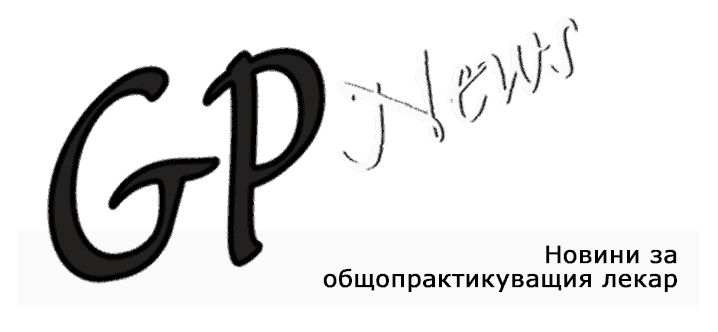
Issue 8/2025
Rusinova1, D., Savcheva2 , D.
1 „Dr. Tota Venkova“ General Hospital – Gabrovo
2 V-course Faculty of Medicine, Medical University – Sofia
Onychomycosis is a prevalent and frequently underestimated fungal infection of the nail apparatus, affecting approximately 5-10% of the global population. Its incidence rises significantly with age and is notably increased among individuals with diabetes mellitus, immunosuppression, peripheral vascular disease, and various dermatologic comorbidities. The etiologic agents include dermatophytes-predominantly Trichophyton rubrum-as well as non-dermatophyte molds and Candida species. A key pathogenic feature is the development of fungal biofilms, which enhance microbial persistence and contribute to therapeutic resistance.
Clinical presentations are variable and depend on the infecting organism and the anatomical depth of invasion. Accurate diagnosis requires laboratory confirmation through potassium hydroxide (KOH) microscopy, fungal culture, or polymerase chain reaction (PCR), with histopathologic evaluation reserved for refractory cases. Laser-based therapies have emerged as promising adjuncts or alternatives to conventional antifungal regimens. Devices employing Nd:YAG (1064 nm), Q-switched Nd:YAG (532/1064 nm), diode, Er:YAG (2940 nm), and CO₂ (10600 nm) lasers exert photothermal and/or photomechanical effects that disrupt fungal structures. While clinical evidence supports improved outcomes when laser therapy is combined with systemic agents such as itraconazole or terbinafine, the wide array of topical treatment options and increasing accessibility to advanced modalities often lead to frequent shifts in therapeutic strategy, inadvertently prolonging the overall duration of treatment.
The presented clinical cases emphasize the necessity of early, pathogen-specific diagnosis and the implementation of individualized, multidisciplinary treatment algorithms. Future directions involve the integration of multimodal laser systems, photodynamic therapy, and nanocarrier-assisted drug delivery, aiming to optimize efficacy and achieve sustained mycological and clinical remission, particularly in treatment-resistant and relapsing cases.
Address for correspondence:
Dr. D. Rusinova
MHAT „Dr. Tota Venkova“ – Gabrovo
1, “Doctor Iliev-Detskiya, Str.
5300, Gabrovo
